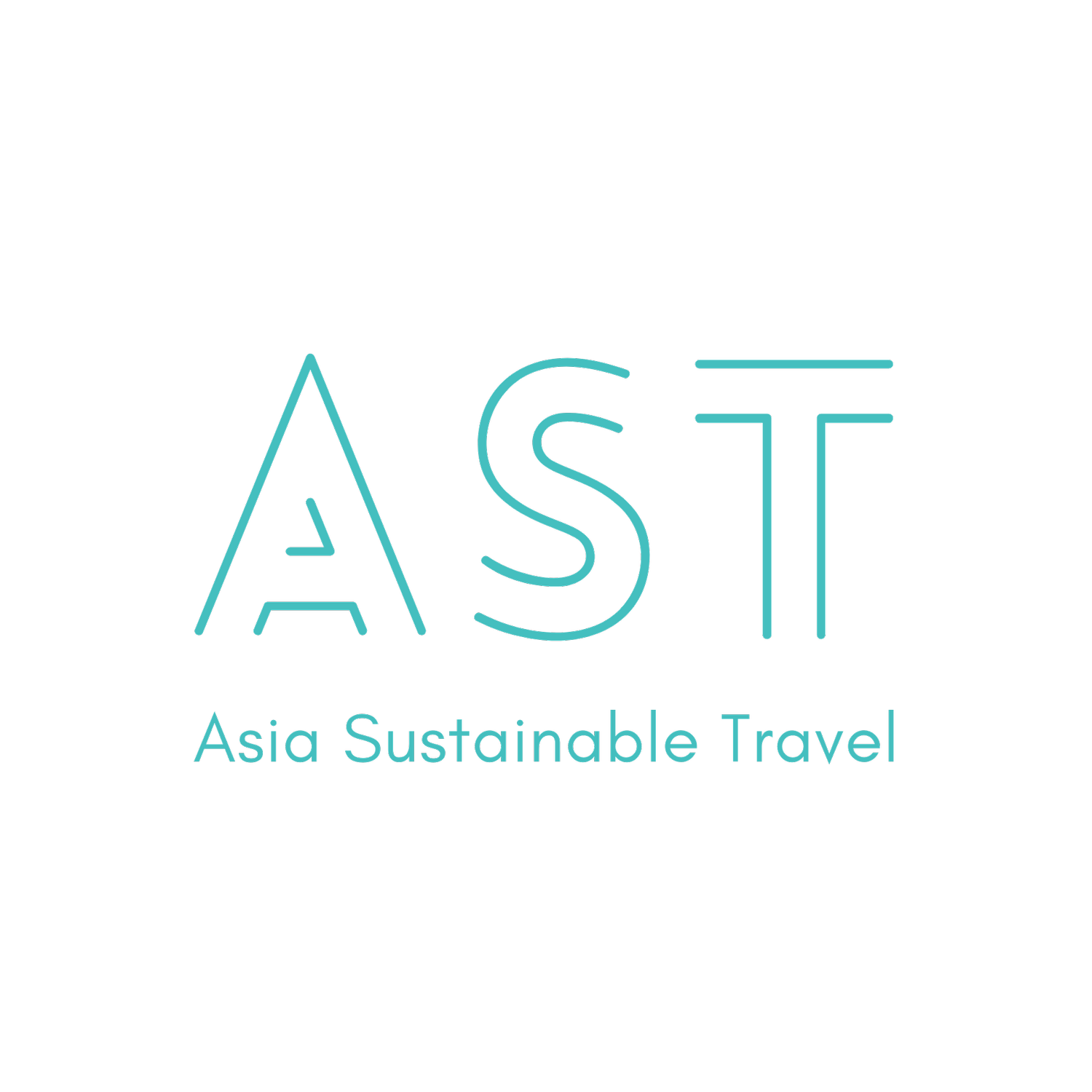Can Regenerative Travel Revolutionize Southeast Asia’s Tourism?
Regenerative tourism promotes rejuvenation and renewal, rather than simply supporting what already exists. It’s taking form across Southeast Asia.
Sign up to read this post
Join Now

